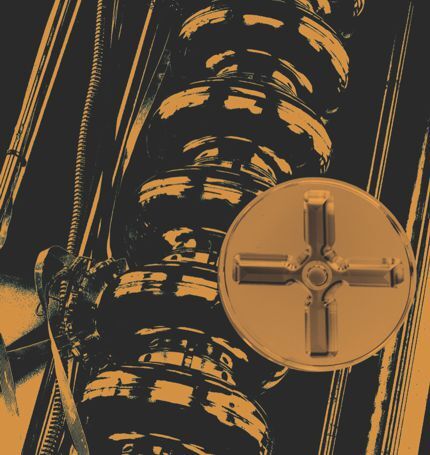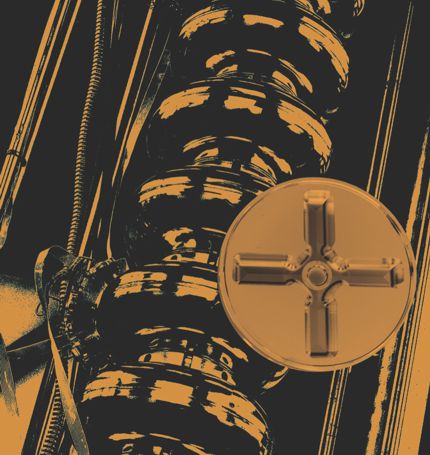Taking steps toward the next big particle collider
DOI: 10.1063/PT.3.1554
In creating a single governance structure for two linear collider projects, particle-physics leaders hope to avoid redundant R&D, unify the broader community, and increase the odds that a next-generation collider is actually realized. The timing of the merger is driven by the impending expiration of the International Committee for Future Accelerators oversight body for the International Linear Collider (ILC); the merged governing body would also be chartered under ICFA.
The ILC, which is distributed among many labs, and the Compact Linear Collider (CLIC), centered at CERN, are both global projects that would smash electrons and positrons into each other at TeV collision energies. The two projects have the same physics goals, says Johns Hopkins University’s Jonathan Bagger, who chairs the ICFA steering committee for the ILC. “But they have different technologies, different time scales, different energy extensibility, and different strengths and weaknesses.” Ballpark estimates put either machine in the multibillion-dollar range.
For acceleration, the ILC uses high-gradient superconducting RF cavities powered by traditional klystrons, whereas CLIC relies on a novel dual-beam, room-temperature method in which energy is extracted from an intense beam of low-energy electrons to accelerate less-intense, higher-energy parallel beams of electrons and positrons. CLIC has the potential to get to about three times the energy for a given accelerator length, but technical development for the ILC is further along than for CLIC.
Steinar Stapnes, the CERN physicist who heads CLIC, expects some challenges in tightening the collaboration between the two projects. “It’s a mixture of personalities, tradition, and work style. There is a long history of people being more committed to one project or the other.” Still, he says, “It is hard to agree on a way forward, but it’s impossible if we operate as two communities.” Says Fermilab director Pier Oddone, “If we have one voice to speak to the world, and we choose one direction rather than have the two projects duke it out, we are much more likely to succeed and ultimately come up with a proposal that makes sense.”
Last year the Large Hadron Collider (LHC) observed hints near 125 GeV of what might be the Higgs boson, the sought-after particle that in the standard model endows mass to the fundamental particles (see PHYSICS TODAY, February 2012, page 16
Acceleration in Japan
European money for high-energy physics is largely tied up in the LHC for the next decade. President Obama’s proposed fiscal year 2013 budget zeroes out funding for linear collider R&D. In Japan, meanwhile, efforts are getting started to try to build the ILC as the core of an international “science city” that could be part of rebuilding the northeastern area that was devastated by the tsunami, earthquake, and nuclear meltdown last year. The idea has been around since before the disaster, but now the hope is to fund a linear collider as part of the broader recovery plan.
The science city initiative is driven by scientists and local municipalities. “But the prime minister has announced that he is supportive of accelerator science and supports this project,” notes Tohoku University physicist Hitoshi Yamamoto, who chairs an ILC study group that consists of representatives from universities, prefecture governments, and industry. Says Heuer, “If there is a region which wants to carry most of the funding, and there is a good physics case, then we should do it.”
“For years we have been saying, ‘When we have the LHC results, we will know the next step,’ ” says Bagger. “That has allowed us great freedom to dream about what to build. The real excitement is what is going on in physics.”

The closer rubbing of shoulders between the two linear collider collaborations is evidenced by this image from a poster for an upcoming conference. The International Linear Collider is illustrated by a superconducting RF cavity (bulging pipe), while the Compact Linear Collider uses stacks of copper disks (inset) in a novel acceleration mechanism.
DESY

More about the Authors
Toni Feder. tfeder@aip.org





